Golestan Palace Complex, Tehran: Photos, Video, History
Golestan Palace in Tehran is one of the most spectacular places you will visit on your travel to Iran. This great palace is a fine example of Persian art, history, and architecture. It is a valuable gem sitting in the heart of Tehran carrying memories from the Safavid era to the Pahlavi kings. It is the highlight of the capital and it receives many Iranian and foreign visitors on a daily basis.
If you are planning to visit Iran, here is the link to Iran online visa form.
The palace sits in a region initially called Tehran Arg that was the city’s northern border and gateway during the Qajar era, which is a good measure to find how much the city has expanded since then. The palace was established during the Safavid era and the next dynasties added to this structure. Today the complex consists of 17 palaces, museums, and halls.
The main changes were made during the Naser al-Din Shah Qajar kingdom. Because his kingdom was long (49 years) and he was the first Iranian king who traveled to the western countries a lot and was impressed by their architecture so he tried to build similar structures in Tehran.
Golestan Palace has witnessed some important moments in Iran’s history such as the constitutional revolution, and the coronation of the first and second Pahlavi dynasties.
Takht-e Marmar Terrace (Marble Throne Verandah) is the first fascinating structure you’ll see as you walk in the courtyard. The terrace is decorated with Iranian elements such as tile work, mirrors, stucco, lattice windows, and paintings. The fine marble throne on the terrace is made of the famous yellow marble of Yazd Province.
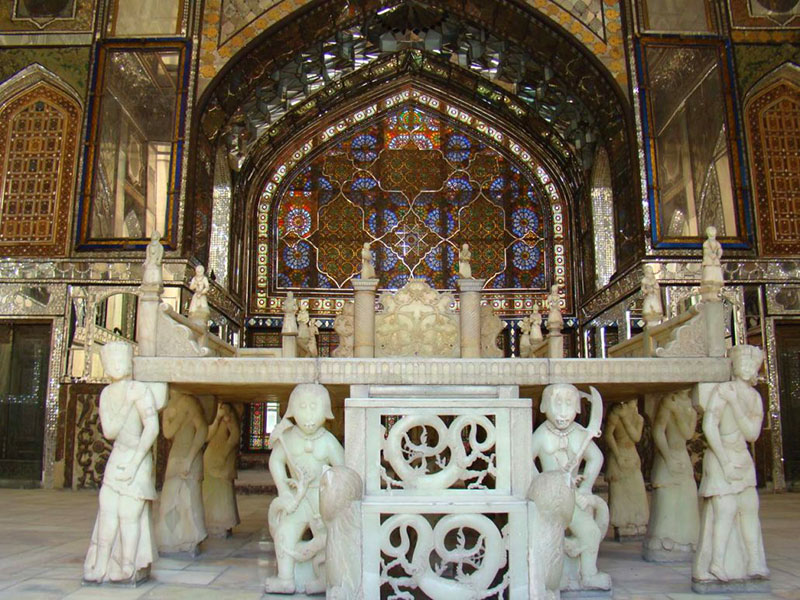
Takht-e Marmar Terrace (Marble Throne Verandah) is the first fascinating structure you’ll see as you walk in the courtyard.
On the right corner of the same building, there is another terrace called Khalvat-e Karim Khani (Karim Khan Nook). There used to be a marble fountain on this terrace and Naser al-Din Shah would lay there smoking his Qalayan and enjoying the beautiful lush garden. The fountain is removed and the marble tombstone of Naser al-Din Shah is brought here. The terrace with the fountain can be seen in an artwork done by the great and well-known Iranian artist of the Qajar era, Kamalol Molk. You’ll see his works in different halls of the complex such as Talar-e Ayaheh (Mirror Hall) and Howz Khaneh (Pool Room).
In the Container Hall (Talar-e Zorouf) you can see the chinaware that Qajar Kings received as a gift from European kings and queens such as Napoleon Bonaparte, Nicholas I of Russia, Queen Victoria, etc.
One of the best locations at the palace where you can clearly see Iranian architecture blends with the European elements is Shamsol Emare (Edifice of the sun). The Qajar king wanted to have a wide and extensive view of the capital so he ordered these towers to be built. Right now only the ground floor of this building is open to visitors.
On the southwest side of Shamsol Emare once was the greatest Tekiye of Iran, Tekiye Dowlat. Another mass structure was built according to the king’s order to have a great theatre like the European countries. Tekiye is a theatre for performing Ta’zieh (mourning performances for Muharram). At the time there were more than forty Tekiyes in Tehran but the popularity of Ta’zieh was very high among Iranian men and women during the Qajar era, so the king decided to build another structure with huge dimensions that would host 20,000 people. The outer shell was an octagon, the inner space was round with a 60m diameter, and a dome on the roof. In 1947 the structure was destroyed and today just one painting by Kamalol Molk is left of all that giant structure. Reza Shah Pahlavi proclaimed the end of the Qajar dynasty at the Tekiye Dowlat.
Golestan palace is the most exceptional structure in the core of historic Tehran. It is vibrant, colorful, and full of aesthetic ornate figures created by gifted Qajarian artists. This elegant garden was registered on the UNESCO world heritage list in 2013 because it is created by mixing Iranian fine art and European architecture and technology that became a phenomenon in Iranian history and culture.
Are you planning to travel to Iran? Please read things to do in Tehran and Check out our Iran tours.

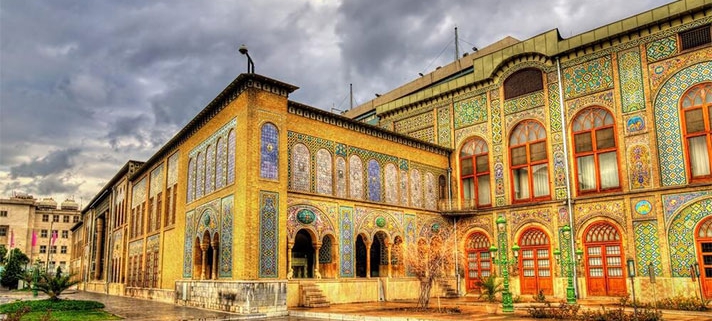
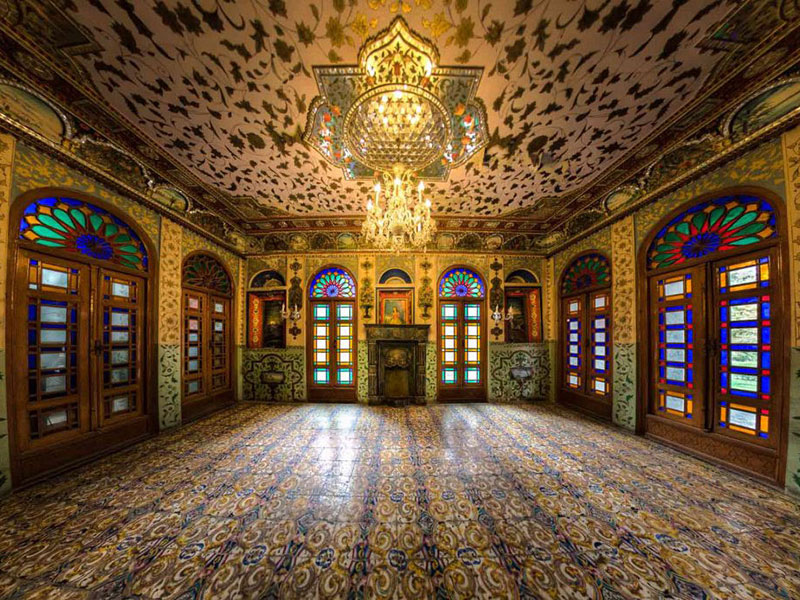
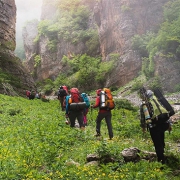
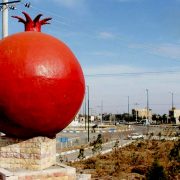
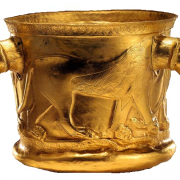
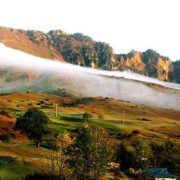
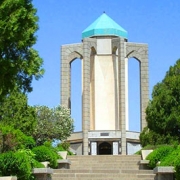
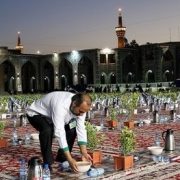
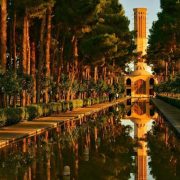
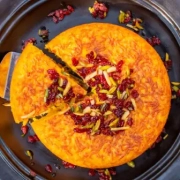




Leave a Reply
Want to join the discussion?Feel free to contribute!